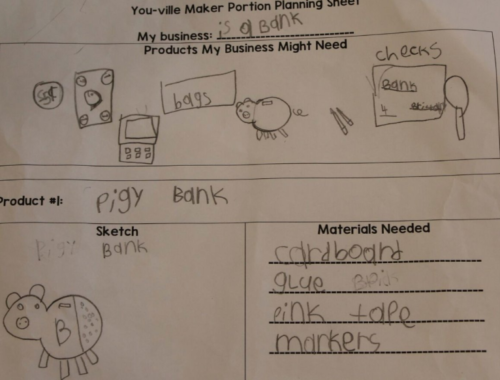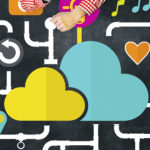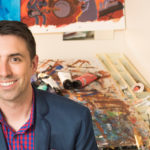In a previous post, I highlighted 6 GREAT makerspace practices that captured my attention. Here is another group of 6 that recently caught my eye.
Tinkertorium Makers Mosaic
The Tinkertorium in Toronto offers its visitors the opportunity to participate in the creation of a crowdsourced mosaic, which is constructed based on answers to questions. This interactive mosaic has each participant map their individuality through pre-defined identifiers. The data Mosaic is a reflection of Toronto’s diverse people representing the interconnecting aspects of their backgrounds, thoughts, hopes, and ideas. The mechanics which makes this visually interactive
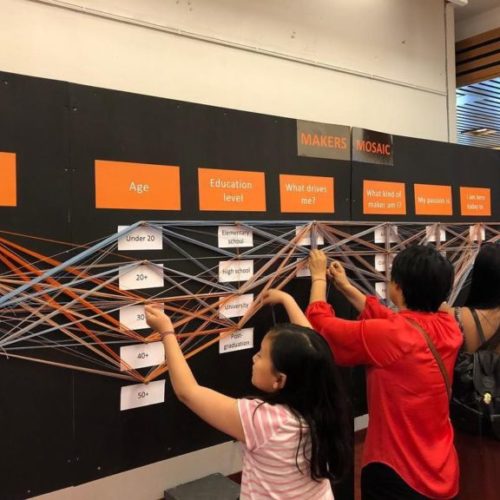
Artists At Play Seattle Center Playground
Ok, so this next one isn’t necessarily a makerspace practice, however, I think this is a practice that could be very meaningful in a makerspace. In my newest book, The Kickstart Guide to Making GREAT Makerspaces, I highlighted the importance of having a vision for your makerspace and articulating that vision into the form of a mission statement. What the Artists at Play playground has done, takes that even a step further, by telling the story of their space (which is such an interesting one!) and the design that guides it. It would be interesting to see a similar display in a makerspace, guiding participants through the layers of experiences it offers.
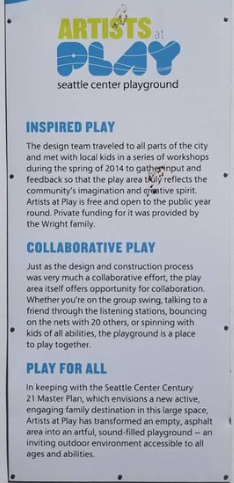
Maker Recess
As a former elementary school teacher and librarian, I can say first hand that in many cases, elementary school recess, both indoor and outdoor, is broken. A few years ago, I suggested integrating making into recess time, through an outdoor music station, and I am thrilled to see many schools considering this option. For anyone interested in considering this option, I would like to highlight the book, Maker Recess: Using Design Thinking to Transform School Play
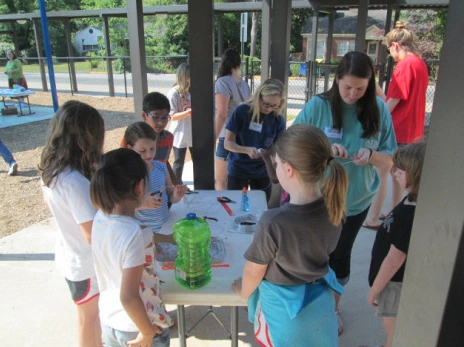
ideaX Makerspace
Two important components of my makerspace work center around creating the conditions to inspire students to want to make as well as a thematic approach to planning interest. One of the more inspiring spaces I have come across is the Bellevue Library ideaX Makerspace, which combines both of those ideas. Their makerspace has themed rooms for Invention, Discovery, Exploration, and Amaze. You can go on a virtual tour of their space here. The design of their space revolves around a ‘pixel’ concept, which was used throughout to support the creative use of both units and materials to make complex and unique inventions, artistic works and projects. Digital print media colors of cyan, magenta, yellow and black (CMYK) were used to support the concept of pixels as technology plays a huge role in the activities happening within the space.
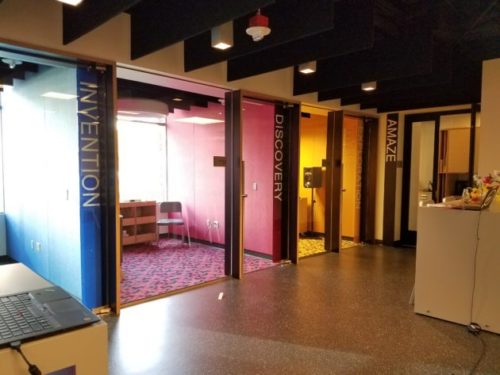
Spark!Lab invites children between the ages of 6 and 12 to create, collaborate, explore, test, experiment, and invent. What makes Spark!Lab most interesting though is that it is in the National Museum of American History! This is especially important for those who are interested in connecting making and the content areas. Spark!Lab activities are designed around themes that combine science, technology, engineering, and math (STEM) with art, history, and creativity! Visitors can partake in a variety of tabletop activities that offer opportunities to explore invention and innovation in American history and experiment with relevant concepts. They also have an Invention Hub where visitors can sketch, create, try, tweak, and sell their invention idea. Stocked with a wide range of tools and materials, the Invention Hub provides the platform for visitors to work through the invention process from start to finish.
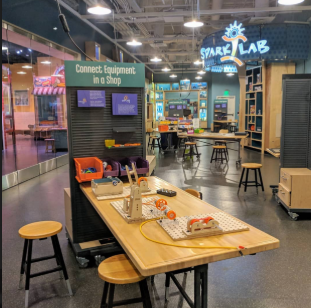
Maker Planning Sheet
Increasingly popular in makerspaces are the use of STEM kits and the use of STEM challenges. As a result, in my professional development sessions and workshops, I focus on working with educators on transforming step-by-step directions into constructedinquiry, as outlined in this post by Ross Cooper. With those same ideas in mind, I love this Maker Planning Sheet, shared by Emily Liebtag, which focuses on student choice and building learner agency. On this sheet, students can have the experience of working as entrepreneurs and choosing their own products, audience, and materials needed.
